
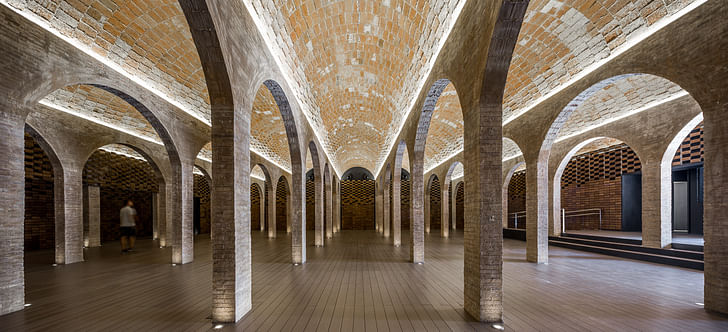
In Focus is Archinect's series of features dedicated to profiling the photographers who help make the work of architects look that much better. What has attracted them to architecture? How do they work? What type of equipment do they use? What do they think about seeing their work in blogs?
In this feature, we talk to Barcelona-based photographer Simón García.
What is your relationship with architecture? What drew you to architecture, as a photographer?
I studied architecture at the University of Barcelona, and I got involved with photography during the cultural trips we went on each year, during which we visited works created by some of the great masters of architecture. That’s when I realized exactly how fascinated I was by photography.

On finishing my degree, I was working as an architect at a firm, while at the same time using a variety of means to train as a photographer. In 2008 I graduated from IEFC (the Catalan Institute of Photography Studies) with a degree in architectural photography. I left the firm I was working at and started focusing my efforts on pursuing architecture, but from a photographic perspective – thereby combining two of my greatest passions.
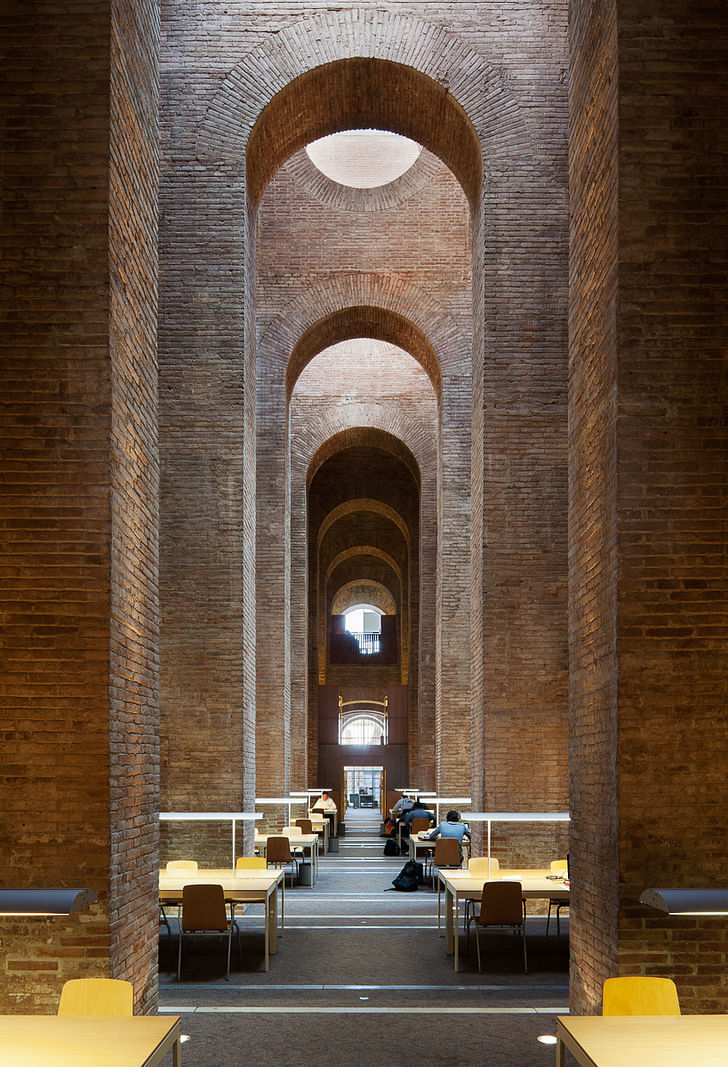
Describe how you work... who are your clients?
I try to keep up with interesting architecture that is being built. Not all of my work is commissioned – sometimes I just take the pictures because I’m interested in the architecture. I take the opportunity to have a look at good architecture, and enjoy being able to photograph it. However, most of the time it’s the architects themselves who get in touch with me because they’ve finished a project and want it to be photographed.
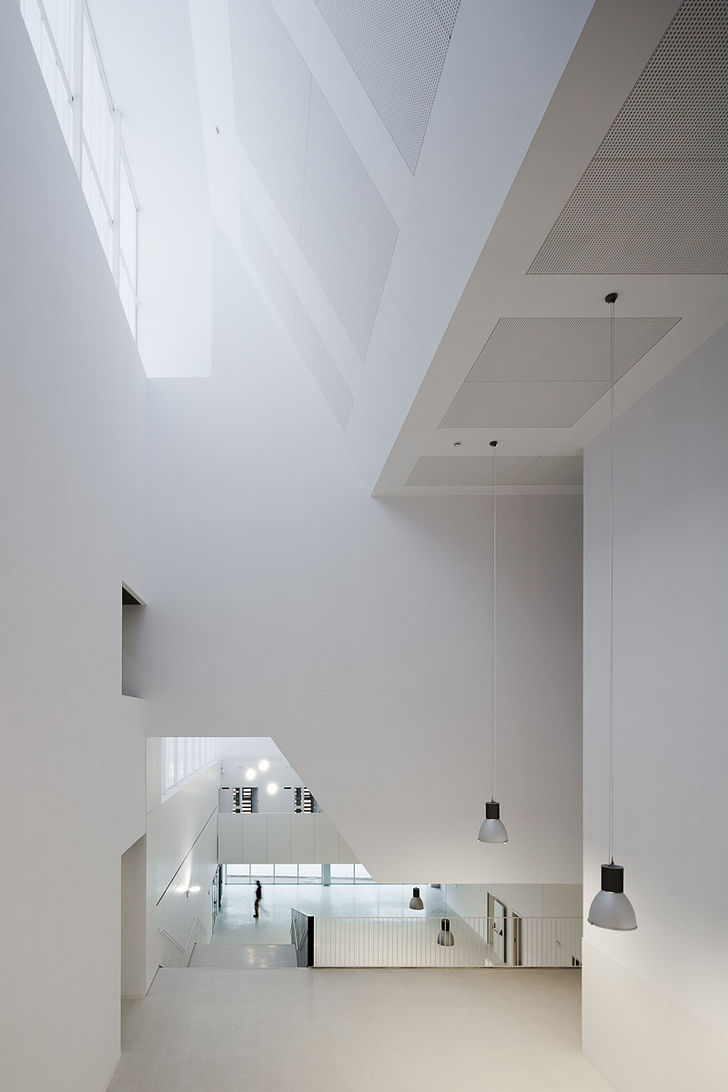
I ask them to send me information regarding the work, including the location, plans, drafts, documents etc. – so that I can study and understand it. If possible I go for a visit with the architects, so that I can familiarize myself with the most important aspects, the ones they’re interested in highlighting. Whatever the case, I am free to interpret the building in my own way, taking everything the architects have said into account. At the end of the day, I try to highlight the best bits of the building, promoting them through the use of images that are visually interesting thanks to their formal and compositional values.
Most of my clients are architects, although I do also work with hotels, builders and construction firms.

Do you mostly work in a specific region? What is your travel schedule like?
Most of my work is based in and around Barcelona. However, I also have some commissions in the rest of Spain and, more recently, outside of Spain, for example in Italy, the Netherlands and the United States.
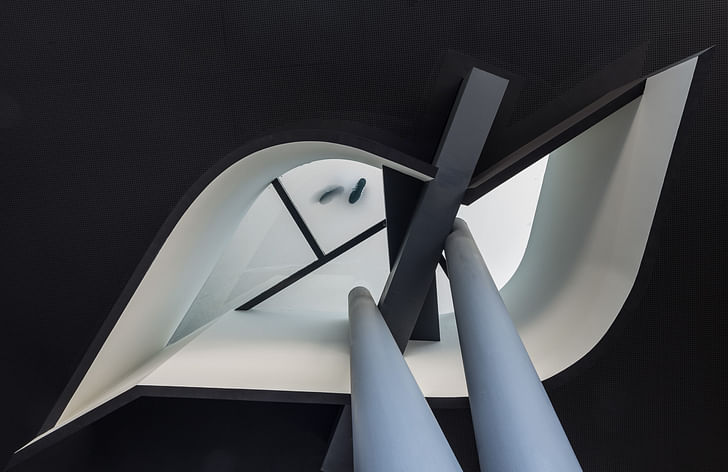
When I have a commission outside Spain, I try to extend the stay as much as possible and make the most of the trip by photographing buildings I find interesting. I did that last year in New York, when I finally realized my dream of visiting Fallingwater and other buildings.

What is your goal when capturing buildings in photographs?
I try to document the works with my own unique intention and point of view. I try to show off certain parts of the building, while hiding others, and evoke and transmit feelings. And – why not? – I also try to play with the viewer, using geometrical compositions that make them stop and think about what exactly it is they’re seeing, and images that have multiple readings.
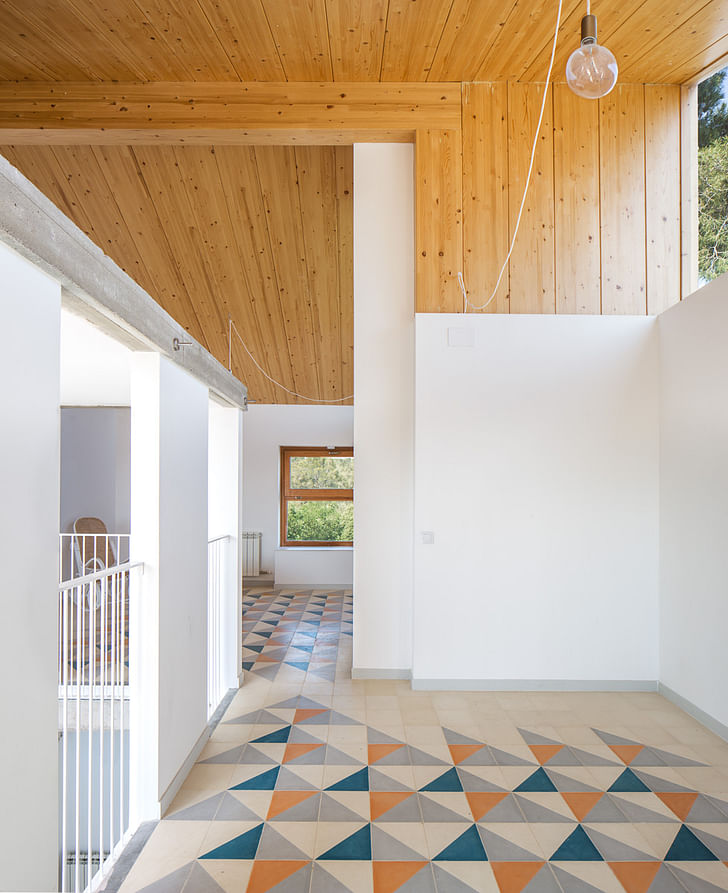
I also try to surprise people that have already visited a building by using unexpected points of view that they may not have been able to see before. My aim is to encourage people who have never visited the building to want to do so. And most of all, I try to enjoy each and every picture I take.
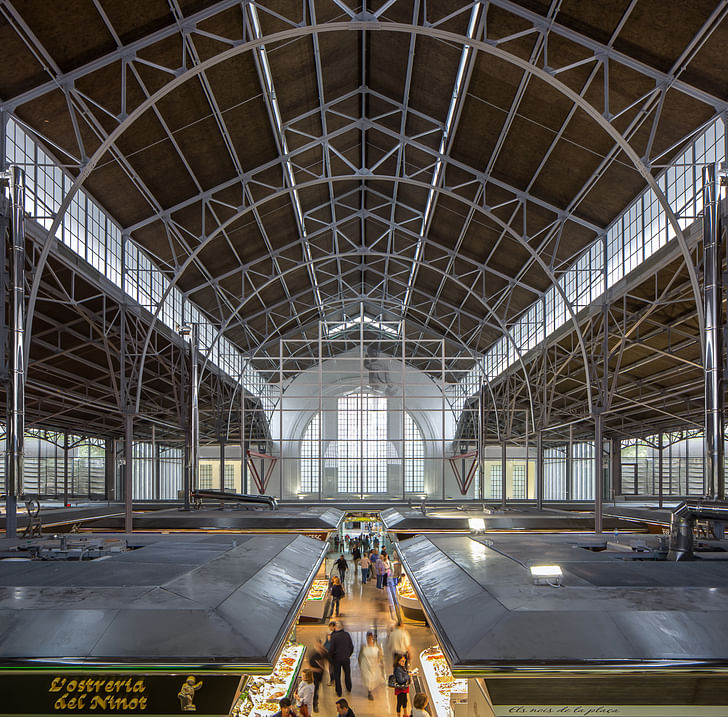
What are your thoughts about including people in your photos? Is it important to photograph a building in use, or by itself?
I prefer photographing buildings in use, and I make the decision of whether or not to include people on a case-by-case basis. I like to include people when they contribute something to the photograph – whether it’s by adding scale, defining a use, directing the attention to a specific point, or setting or balancing the scene. But I’m not a fan of focusing so much on people that you end up overshadowing what’s really important – the architecture itself.
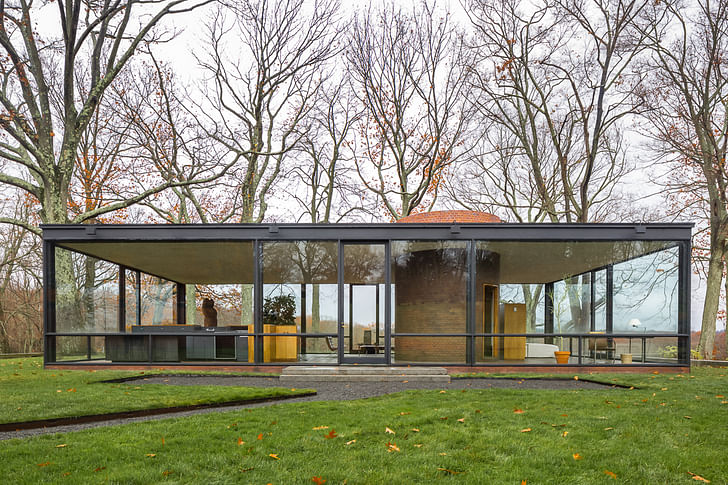
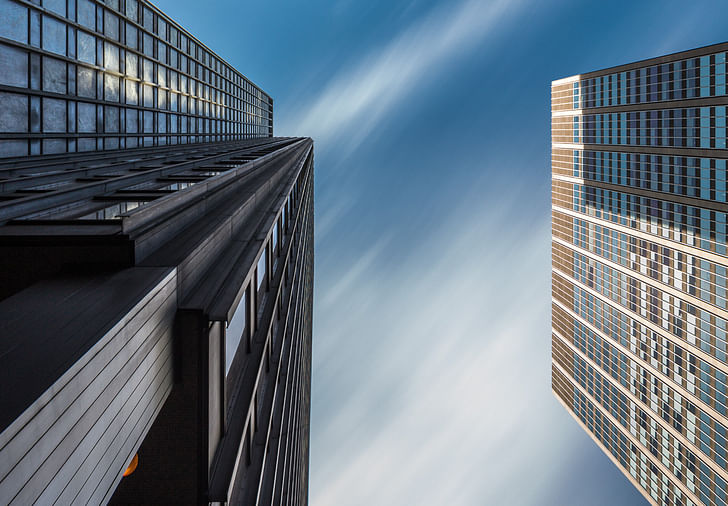
What are your favorite pieces of equipment?
Tilt-Shift objectives, of course. I work with the TS-E 17mm, although the one I use for most shots is the TS-E 24mm (occasionally with the 1.4x Extender – to get a 35mm). For me, these are essential when it comes to setting up the pictures, as they enable you to modify the framing, without altering the perspective.
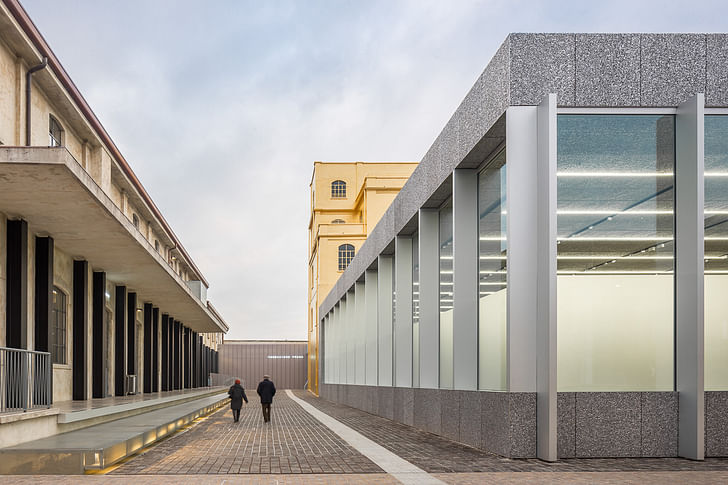

Do you work alone?
When I’m not working with a view camera, and when I don’t have to take any additional lighting with me, I usually go alone. I only really find that I could do with some help at dusk, when the sun is setting, as light conditions change very quickly, in a matter or minutes, and I could sometimes do with help controlling the building’s interior lighting or moving an object.

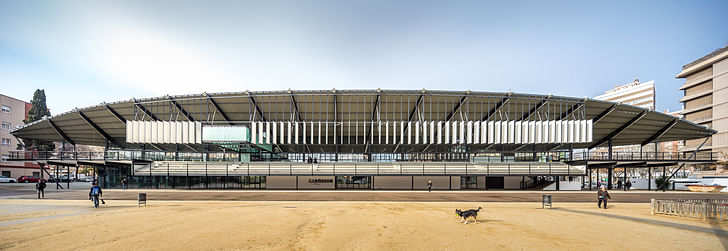
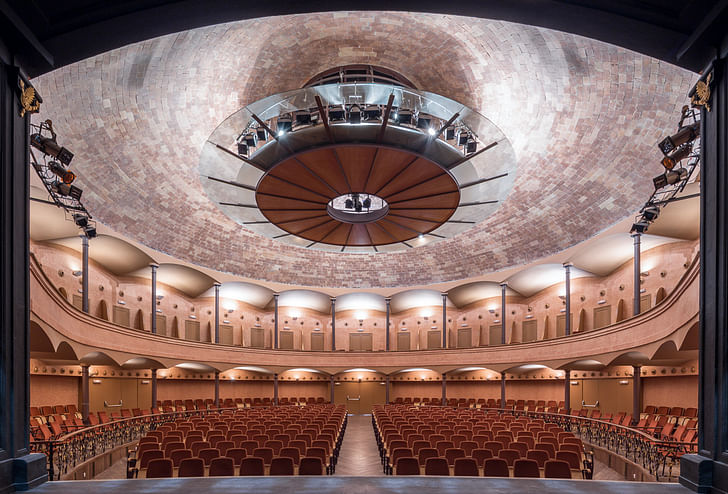

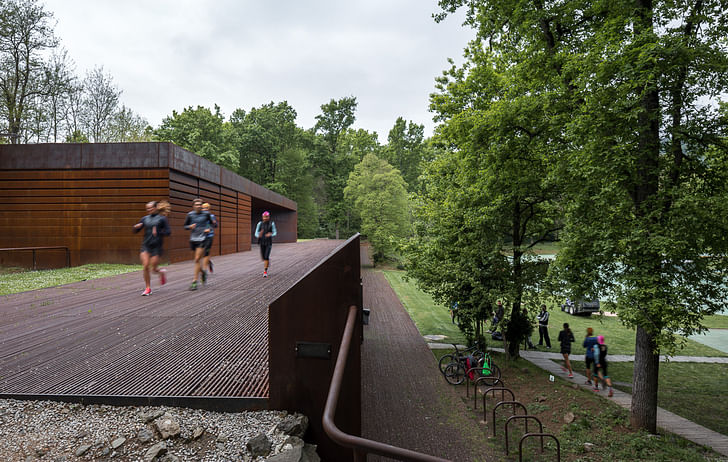
How do you feel about seeing your photographs on blogs and websites?
Part of my job is to increase the visibility of the projects I photograph by getting them published in architecture magazines, blogs and digital portals. Getting my photographs on the internet is important to me, but it’s also important to the architects who’ve contracted me, as well as those who are considering contracting me.

Simón García – Bio:
Simon Garcia is an architectural photographer, based in Barcelona. He studied technical architecture and advanced architecture at the School of Barcelona. From 2004 to 2008, he worked at an architectural firm, while at the same training and gaining valuable practical experience in architectural photography. In 2008 he graduated from IEFC with a degree in architectural photography and interior design. He is a member of the Professional Photographers’ Association of Spain (AFP) and has received 2 National LUX Awards in the category of Architectural Photography.
No Comments
Block this user
Are you sure you want to block this user and hide all related comments throughout the site?
Archinect
This is your first comment on Archinect. Your comment will be visible once approved.